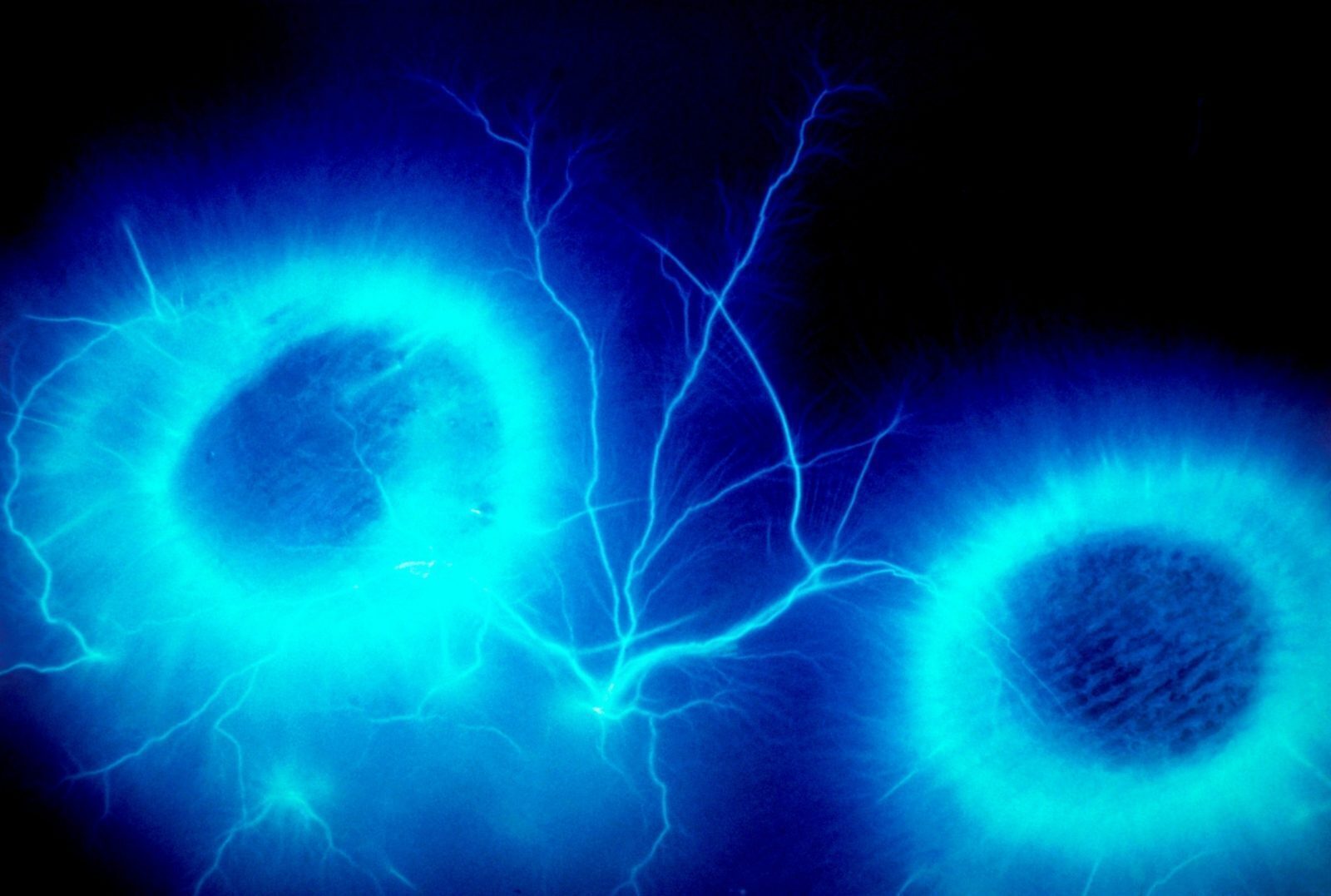Lunar or Moon calendar? Actually, it is the same 🙂

Lunar calendar and Moon’s phases
Lunar calendar, any dating system based on a year consisting of synodic months
A lunar calendar is a calendar based upon the monthly cycles of the Moon’s phases (synodic months), in contrast to solar calendars, whose annual cycles are based only directly upon the solar year.
The Sumerians were probably the first to develop a calendar based entirely on the recurrence of lunar phases. Each Sumero-Babylonian month began on the first day of visibility of the new Moon.
The most commonly used calendar, the Gregorian calendar, is a solar calendar system that originally evolved out of a lunar calendar system.
Chinese calendar, a lunisolar calendar, is formed on the movement of the moon. It defines Chinese 24 solar terms, traditional holidays and helps to choose a lucky day before important activities such as marriage proposal, wedding, praying for pregnancy, traveling.

A purely lunar calendar is also distinguished from a lunisolar calendar, whose lunar months are brought into alignment with the solar year through some process of intercalation.
The details of when months begin varies from calendar to calendar, with some using new, full, or crescent moons and others employing detailed calculations. Lunar or Moon calendar?
More: Moon Phase Today, Full Moon, Solar Eclipse, Lunar Eclipse
Full moon: The moon is 180 degrees away from the sun and is as close as it can be to being fully illuminated by the sun from our perspective. The sun, Earth and the moon are aligned, but because the moon’s orbit is not exactly in the same plane as Earth’s orbit around the sun, they rarely form a perfect line. When they do, we have a lunar eclipse as Earth’s shadow crosses the moon’s face.
Many cultures have given distinct names to each recurring full moon. The names were applied to the entire month in which each occurred.
The Farmer’s Almanac lists several names that are commonly used in the United States. The almanac explains that there were some variations in the moon names, but in general, the same ones were used among the Algonquin tribes from New England on west to Lake Superior. European settlers followed their own customs and created some of their own names.
